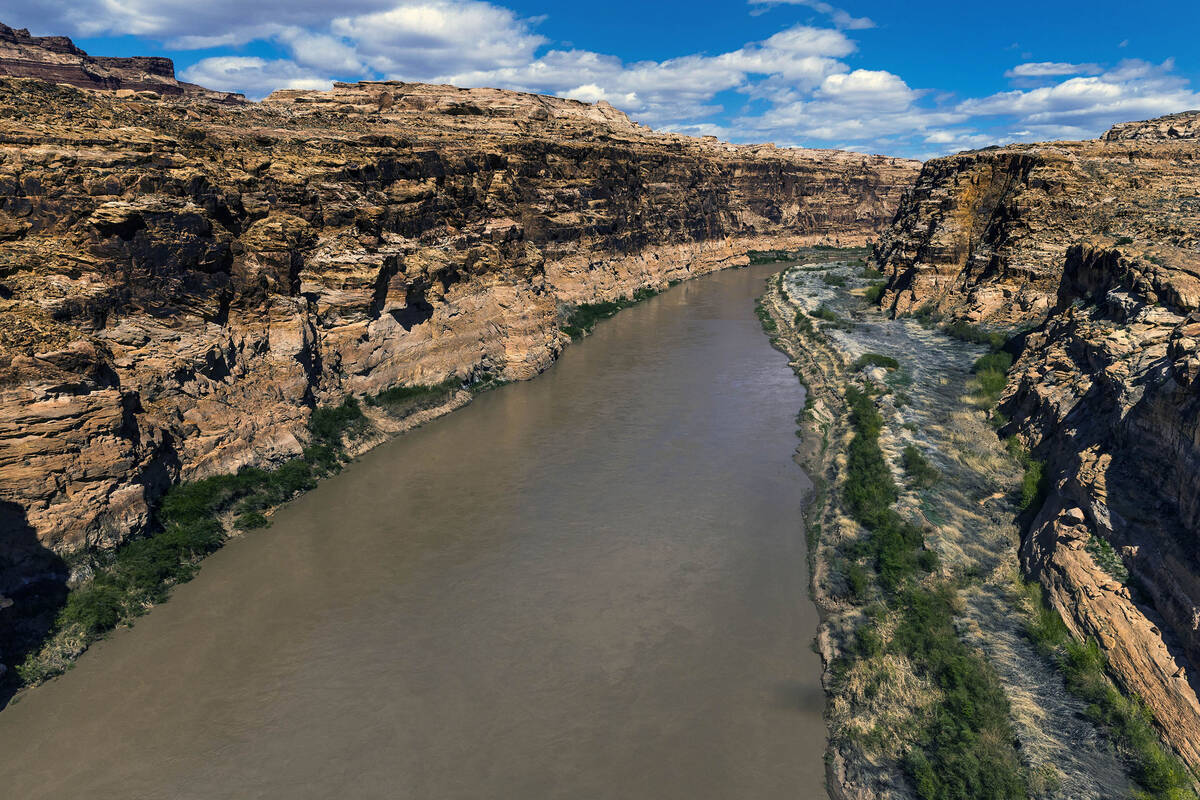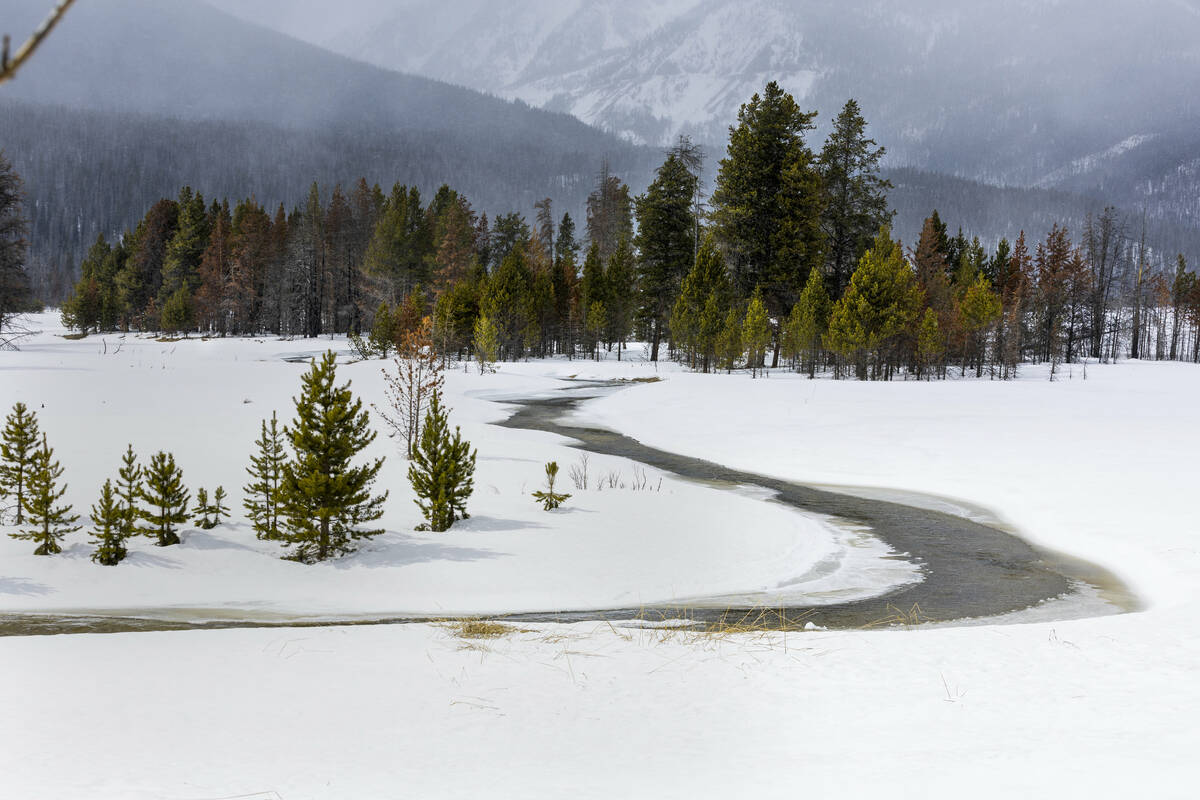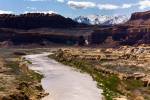Future of Lake Mead still unclear as negotiations flare
Colorado’s chief river negotiator doesn’t find the other side’s proposal for basinwide water cuts after 2026 plausible, she told reporters Tuesday.
When it comes to updating how water from the Colorado River is allocated, the Upper Basin states — Colorado, New Mexico, Utah and Wyoming — have been wrapped in a divisive battle with the Lower Basin, which is composed of Nevada, California and Arizona.
Both parties agree that the “structural deficit,” meaning the 1.5 million acre-feet of water lost to evaporation and transport, should translate to cuts made by the Lower Basin states. However, a main point of contention lies in whether Upper Basin states also must bear the brunt of cuts past the structural deficit.
States such as Colorado are at the mercy of snowpack and climate change to determine water availability, said Becky Mitchell, Colorado state’s Colorado River commissioner. That’s a far cry from a state like California, she said, which enjoys more certainty thanks to Lake Powell and Lake Mead, the two largest reservoirs in the country.
Upper Basin states have estimated they suffer a 1.2 million acre-foot water shortage, on average, because of water loss to climate change.
“In short, our water users do not have security or certainty in their water supply because they absolutely have to live with what Mother Nature provides every year,” Mitchell said. “In contrast, we have Lower Basin contractors who’ve been provided a high level of certainty in water deliveries and, in turn, have drawn down Lake Mead.”
Tense negotiations to continue
Mitchell’s remarks are some of the first public statements any Upper Basin negotiator has made since the vastly different proposals were submitted to the Bureau of Reclamation this month.
There are other nuances that differentiate the two proposals, such as how much water to release from Lake Powell that will trickle into Lake Mead, which supplies about 90 percent of Southern Nevada’s water.
Mitchell’s group wants to base each year’s outflow on Lake Powell’s levels on Oct. 1 of each year, while Lower Basin states hope to base that on the contents of more than just one reservoir.
Nevada’s chief negotiator and Southern Nevada Water Authority General Manager John Entsminger told the Las Vegas Review-Journal on Tuesday that the Lower Basin states are analyzing the Upper Basin proposal in more detail.
Echoing statements he made at an early March news conference, Entsminger said it’s vital for cuts in water use to be shared across the basin.
The other states’ plan for only basing releases from Lake Powell on its contents on Oct. 1 could cause “acrimony between the states,” Entsminger said, because it doesn’t account for the total system.
Entsminger said he remains skeptical about the Upper Basin’s figure about existing water loss, he said.
“We’ve been told the same thing,” he said. “I’ve never seen data to support that.”
Both Mitchell and Entsminger affirmed their commitment to reaching a seven-state consensus before current guidelines expire in 2026, though it’s almost certain one group of states will have to compromise.
“What I would ask my counterparts in the Lower Basin is: Don’t come up with a plan and expect that we will sign on just for consensus,” Mitchell said. “We have to come up with a plan together, and I think we’ve been clear in the Upper Basin about what our expectations are and where our boundaries are.”
Contact Alan Halaly at ahalaly@reviewjournal.com. Follow @AlanHalaly on X.





























